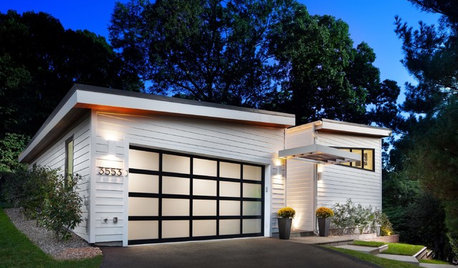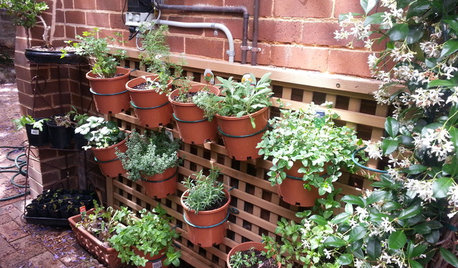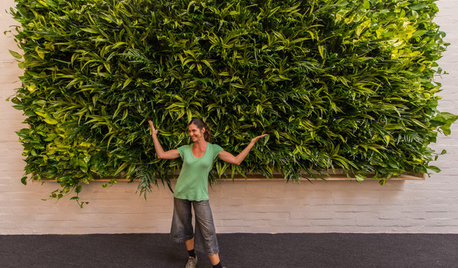Over the summer, I have been doing an experiment between natural light outdoors and T5 lighting indoors. I used 5 tomato and 4 pepper plants. All five of the tomato plants of the exact same genetic material. The first tomato plant is in ground that has been well amended with compost over the last couple of years. This produced a very beautiful, healthy, cherry tomato plant with no disease noticeable. I cloned about 15 plants from this plant and used the 4 best for this experiment. I placed 2 inside and 2 outside in hydrofarm like bubbler systems. I used Botanicare Pro on 1 inside plant and 1 outside plant. I used GH nutes on 1 inside plant and 1 outside plant. I did the the same with the sweet peppers except they were all grown from seed. First let me talk about the tomatoes, though.
I'll try not to make this long and drawn out, but will share the most important results. Let me say that the experiment is not 100% perfect because I gave the indoor plants about 2 hours more light a day in the vegetative phase than the outdoor plants got from the sun.
Indoor plants: Grew nearly twice as tall (6 feet of vegetation). Less vegetation. Fewer flowers, which resulted in fewer fruit. I vibrated each cluster indoors and use a fan. Nearly 100% (just over 90%) fruit set, but that means nothing when 40% fruit set on the outside plants would have still surpassed the indoors' 90%. There was no discernible difference in the Botanicare and GH plants, but I had to make ph adjustments 3 times as often with the GH nutrients. Because of this, I will go with Botanicare from now on. Much easier. Oh, and for some reason, the rate of ph fluctuation was much greater indoors under the T5 lighting all around. Outdoors I only experienced fluctuation about 2 times as often with the GH nutes. Either way, Botanicare won that contest and I didn't even realize it was going to be an issue to track. Anyway, the fruit of the indoor cherry tomatoes varied between 3/4 to 1 inch in diameter. Some were smaller, but most were in this range and favored the 3/4 side. Smaller than the ground garden tomatoes of 1 to 1.5 inches. It is important to note that the indoor plants are climate controlled and never reach excessive heat (heat over 92 degrees F). Despite ventilation, the indoor plants eventually developed a fungus that is still present on the leaves and is now decimating the plants.
Outdoor tomatoes: Grew to just under 4 feet. More vegetation. Remained fairly compact. The stems were stronger, but I don't have a way of quantifying that. The outside plants were eventually attacked by aphids and whiteflies. I pulled them by hand as much as I could. No other pests, disease, fungus, etc for the life of the plants (which are still going, but my experiment is not). The temperatures outside reached the 90's several days. We endured a few heavy storms with high winds. I chose not to shelter the plants because I was trying to see what advantages there are in indoor gardening or outdoor gardening and figure this needed to be factored in. The point is that the outside plants experienced much more temperature stress, wind stress, and the leaves got wet from rain and dew regularly. Still no fungi or disease. Again, no difference between nutrients except the ph adjustment. Both plants fared equally well. The fruits averaged between 1.5 to 2 inches in diameter! The average "small" fruit was 50% larger than the average "large" fruit of the indoor plants. They also produced twice as many fruits in the same time frame and are still producing prolifically.
Here is the most important discovery: My daughter loves cherry tomatoes. She couldnt get enough of the outdoor tomatoes. She wonÂt eat the indoor ones. She spit out the first one I gave her. I canÂt blame her. ItÂs not that the indoor tomatoes taste bad. I relate it to the internet. Once you have broadband, you will simply abhor dial up. I am soooo glad I didn't get her started on those grown under T5 lighting. The ones under T5 lighting tasted as though there were nearly no sugars at all in them. They were tart in comparison with the outdoor tomatoes, which were the sweetest tomatoes we've ever eaten (which I believe I say every year with my ground garden varieties as my appreciation renews annually). I'm 100% convinced the sun is a major factor, though I have a feeling other factors come into play. One is the increased rate of transpiration of the outdoor plants, especially in heat or very windy conditions. I think that may contribute to the distribution of nutrients whereas the controlled climate reduced the transpiration rate (which I always read is recommended without real scientific explanation as to why). Another is that the plants outside took in a lot more climate induced foliar watering. Mostly from dew. Despite all the claims, I think that is a good thing and many people are screwing their plants over by avoiding getting water on leaves to avoid fungus. Since that wasn't controlled in the experiment directly, I can't really say for sure. I also think that the plants indoors were simply unable to produce the sugars from T5 lighting that the outdoor plants could. The peppers I grew had nearly the exact same results except that my indoor peppers wouldn't hold a fruit for nearly a month longer. Those would be the ones indoors in climate control while the ones in the 90+ degree heat flourished and produced awesome fruits ready to pick before the indoor plants stopped dropping blossoms. This seriously challenges all those know-it-all statements from people that continually claim that 90+ heat is the main cause of pepper blossom drop and thus completely mislead the new gardener to attempt to fix a problem that isn't the problem. Why? Because too many repeat marketing talk as scientific fact so often on sites like this (and at many university extensions) without really experimenting to back it up. I donÂt think most on these sites are purposely misleading others. We are often just too trusting of information that is out there and too lazy to do our own experiment. ItÂs like the common claim that coffe grounds decrease soil pH. No they donÂt. At least, not if your pH is right to begin with. Coffe grounds have a perfect pH and all it takes is for people to do a simple soil test with grounds. The results are the same with Starbucks or with Folgers (I havenÂt tested any others). Right at 6.0. Yep, they are acidic. But plants prefer slightly acidic so whatÂs the problem? I still read constantly on this site in the soil section these BS claims that are easily disproven but yet seem to be gobbled up like manna from heaven. That crap poisons sites like this one. It makes the site one of poorly written fiction rather than a useful resource. Yes, there is a lot of good info, but once you read enough bad info the good guys are no longer credible by association. ItÂs kind of disgusting, really.
As a side note: I want to mention that in a previous pepper growing situation I found that reducing nitrogen significantly would aid in pepper fruit set. For this reason I used only flowering/fruiting nutrients for the peppers. I am now convinced that the combination of lighting and nitrogen levels is key.
So, in conclusion, the T5 lighting is nothing compared to natural light, Botanicare is golden, protection from natural elements in this experiment wasnÂt protection at all, and I have now justified to my wife the expenditure for a small greenhouse. If anyone else has done an experiment between T5Âs and traditional HID (Metal Halide and High Pressure Sodium), please share the results. The only ones IÂm finding out there are from pot growers (which doesnÂt invalidate them at all). IÂd like to see one with tomatoes and peppers.

















greystoke
hooked_on_ponics
Related Professionals
Reading Landscape Architects & Landscape Designers · Ashland Landscape Architects & Landscape Designers · Arnold Landscape Architects & Landscape Designers · Baltimore Landscape Architects & Landscape Designers · Garden City Landscape Architects & Landscape Designers · Matthews Landscape Contractors · Braintree Landscape Contractors · Gresham Landscape Contractors · Lake Zurich Landscape Contractors · Longmont Landscape Contractors · Ringwood Landscape Contractors · Rochester Landscape Contractors · Wayland Landscape Contractors · Antioch Landscape Contractors · Eastlake Landscape Contractors